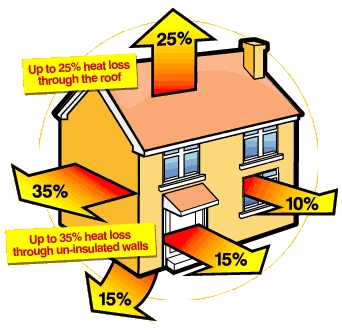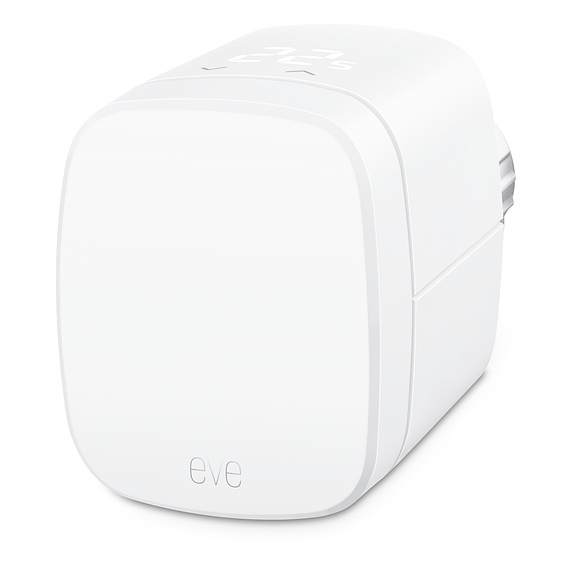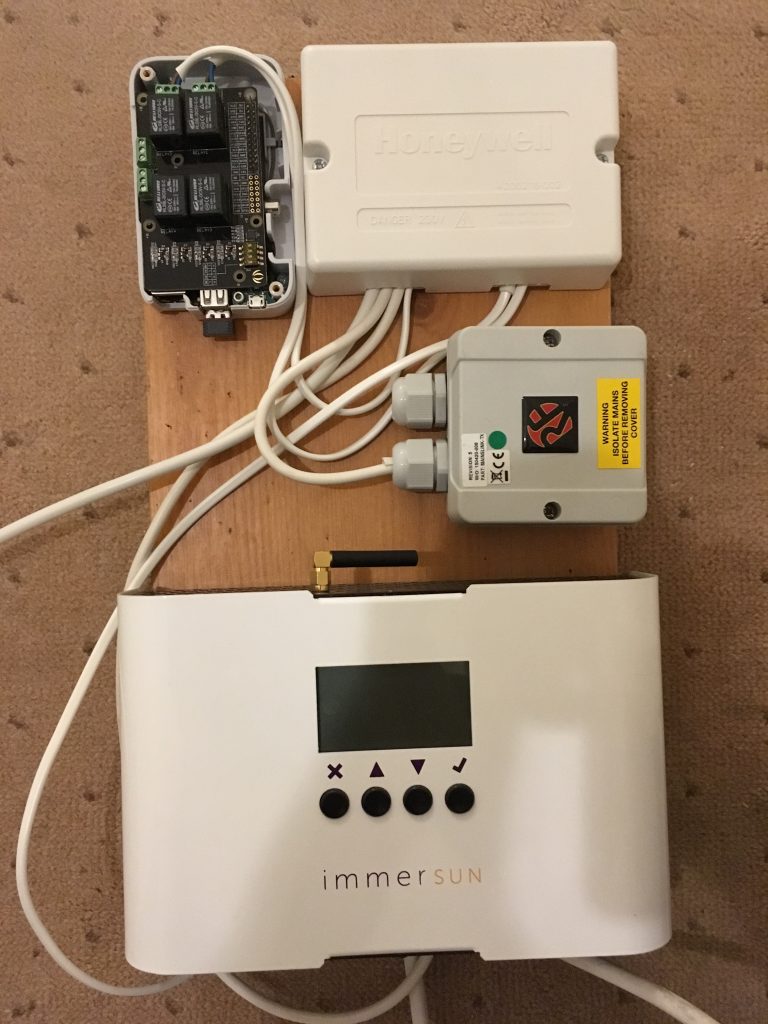After a series of quite detailed posts, I think that the time has come for an updated high level overview of what we have.

We moved to our early 1970s house almost 4 years ago bringing with us our electric vehicle. The house had already been refurbished with new double-glazed windows, had cavity insulation (although that wasn’t recorded on EPC so must have predated the prior owners), and a token level of loft insulation. The existing gas boiler was arthritic, couldn’t heat the whole house, but was quite good at heating the header tanks in the loft! We had gravity-fed gas hot water (i.e. no thermostat or pump on the cylinder) which was completely obsolete, the cylinder dated back to the building of the house and had no immersion heater (although we had the wiring for one). So what did we do?
Space heating:

- We substantially increased the loft insulation to reduce heat loss.
- We had a modern condensing gas boiler installed to improve efficiency.
- We updated to smart controls using eTRVs to set both temperature set points and schedules at room level. I built a smart interface to the boiler so that heating can be enabled remotely. I programmed a series of rules into Apple Home allowing the smart thermostats to enable the boiler when any thermostat wants heat and disable it when no thermostat wants heat. Some rooms also have additional rules linking heating to open windows or movement sensors. All of this reduces heat losses by only heating rooms that are (or will be shortly be) in use.
Electricity supply:

- We installed our own solar panels given 4 kWp generation. (I also own a small share of a solar farm although there’s no contract that I’m aware of between that farm and my home energy supplier)
- I invested in an immerSUN to maximise self-use of our own solar by enabling loads when surplus solar is available.
- We switched to a green electricity supplier so when we need to buy electricity it comes from renewable sources.
- We bought a small storage battery 4 kWh to store some of our solar production for use later in the day. Subsequently I can also use it in winter to buy when the electricity price is relatively low to avoid buying when the price is relatively high.
- We chose a dynamic smart tariff to buy electricity at the lowest price based on market prices established the day before. The prices change each half hour and are established in the late afternoon on the day before.
Water heating:

- We replaced the old hot water cylinder with a modern insulated one (to reduce heat loss) with a low immersion heater (to allow more of the water volume to be heated).
- Our principal water heating is now by diverting surplus solar electricity proportionately to the immersion heater, that’s backed up by the gas boiler which is enabled briefly in the evening for water heating in case the water isn’t yet up to temperature, and when the electricity price falls below the gas price I can enable the immersion heater on full power.
- All accessible hot water pipes are insulated.
Electric car charger:

- I built my own electric car charger that takes an external radio signal to switch between four settings 0, 6, 10 and 16 Amps to help me adjust consumption to match to availability of output from my solar panels. (Subsequently such products were developed commercially with continuously variable current limits, but the limitations of my immersun and on/off radio signal don’t allow me to go quite that far. Having said that my car only does 0, 6, 10 and 14 Amps so I would gain no benefit from a continuously-variable charger paired with a 4-level car).
Smart electricity controls:

top: HEMS (to manage bought electricity) and junction box
mid: radio transmitter (to car charger)
bottom: immersun (to manage self-consumption)
- We have two systems for smart control of electricity:
- The immersun to maximise self-use of our solar electricity by proportional control of loads.
- A HEMS to manage the purchase of electricity (when necessary) at the lowest price by maximising consumption when the price is lowest.
- When both systems want to enable loads (because the bought price is low and we have a surplus from our own panels) then cost is prioritised, so we’ll buy from the grid any demand not being met from our own panels.
- Both systems are linked to 3 devices:
- Battery storage. The immersun is configured to work alongside the battery storage with the battery storage as the top priority to receive surplus solar PV. The HEMS can switch the status of the battery as required to charge from the grid when the price is lowest, or to discharge when the price is highest, or indeed to revert to default behaviour.
- Car charger. Second priority for the immersun after battery storage.
- Immersion heater. Third priority for the immersun after car charging.
The future
I have no firm plans for the future. I’m toying with adding to the HEMS various features including:
- Making the display switch between GMS and BST as appropriate (it’s all UTC at the moment).
- Edit configuration via the web interface rather than a virtual terminal.
- Control a domestic appliance. Our washing machine was replaced relatively recently, but the dishwasher is playing up a little and may be a candidate for HEMS integration where the optimum start time is selected to deliver lowest energy price.

Control of domestic appliances was realised in the ‘Wet goods project’ in December 2019. https://greening.me.uk/category/wet-goods-project/